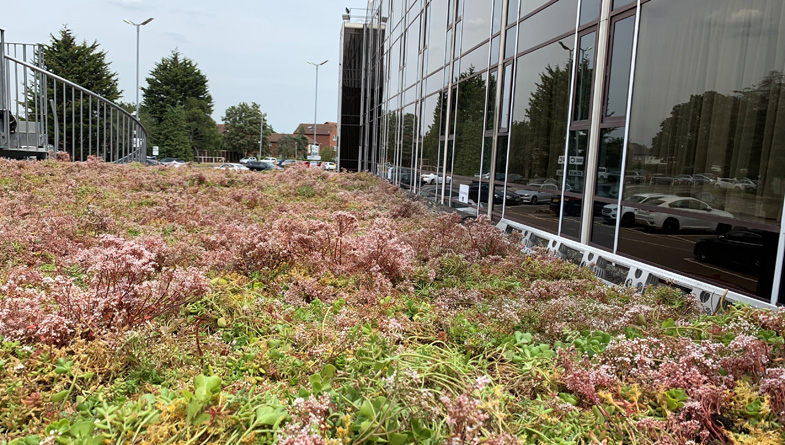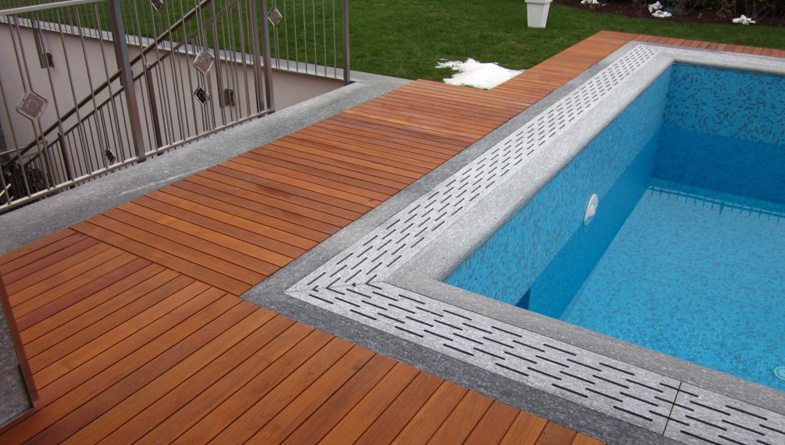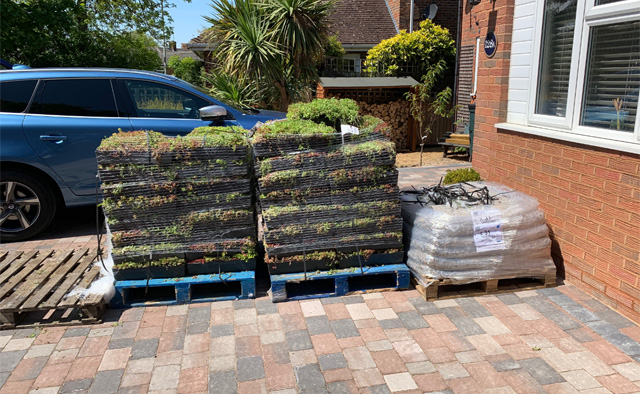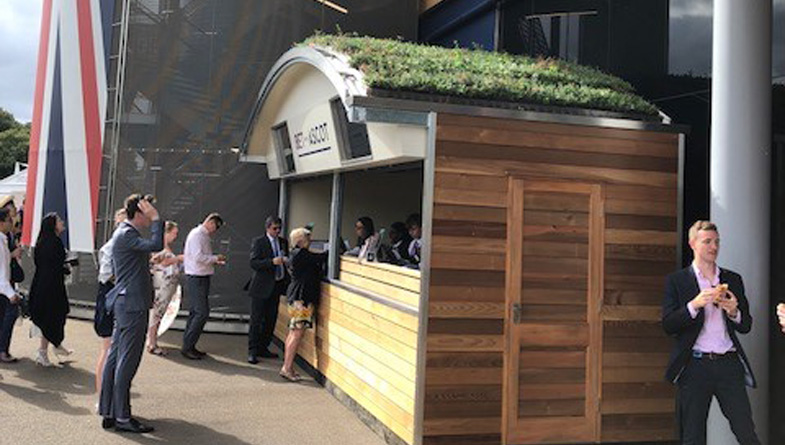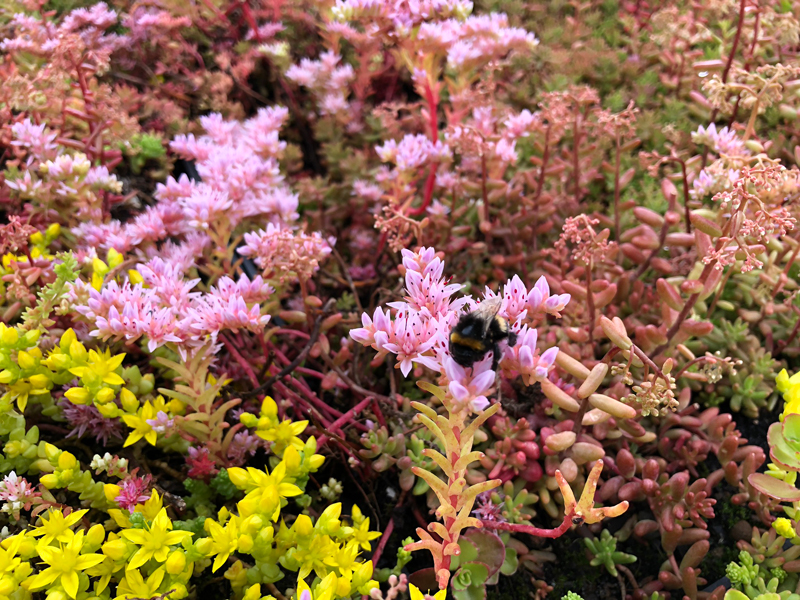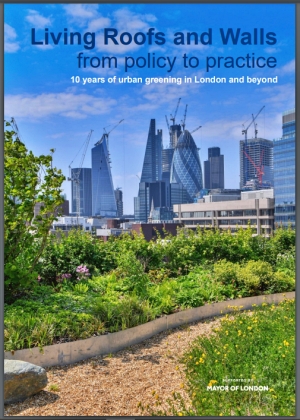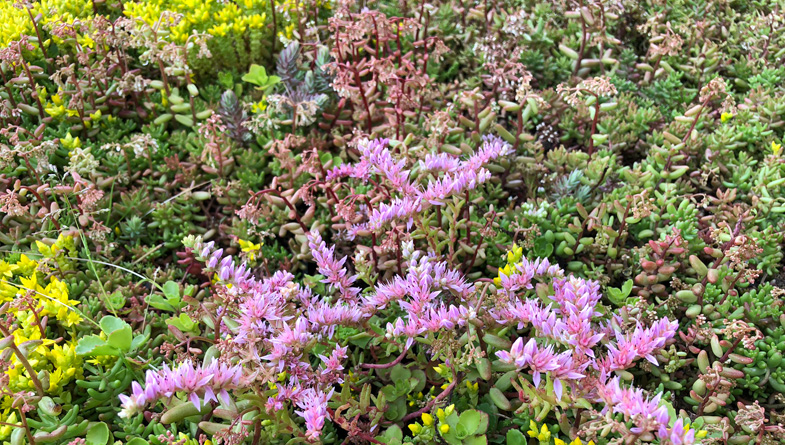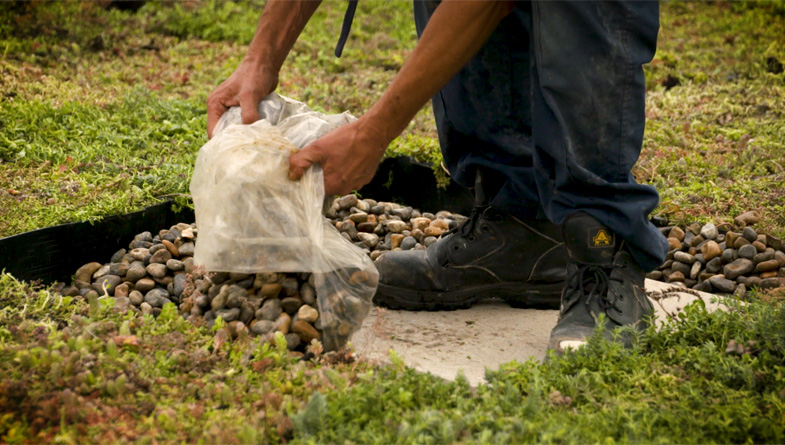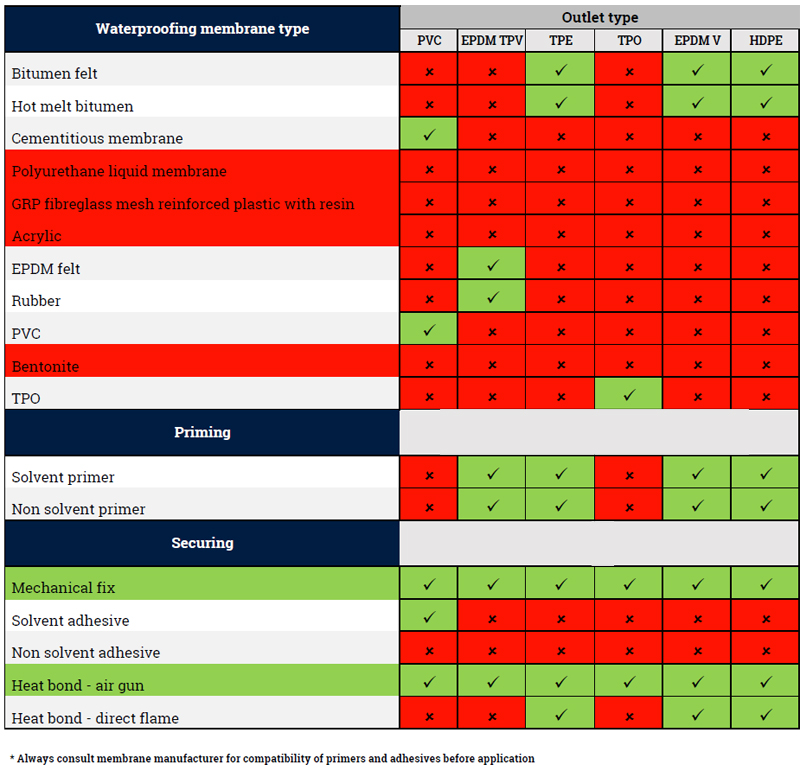An extensive elaboration of the Modular Green Roof Market covering micro level of analysis by competitors and key business segments. The Modular Green Roof explores comprehensive study on various segments like opportunities, size, development, innovation, sales and overall growth of major players. The study is a perfect mix of qualitative and quantitative Market data collected and validated majorly through primary data and secondary sources. Some of the MajorKey players profiled in the study are LiveRoof, Wallbarn, Green Roof Outfitters, Architek, GreenGrid, James Greenroofs, Vegetal iD USA, ZinCo & Carlisle Coatings & Waterproofing
Get Free Sample Pages PDF (Including Full TOC, Table & Figures) @ https://www.htfmarketreport.com/sample-report/4066112-modular-green-roof-market
On the off chance that you are engaged with the industry or expect to be, at that point this investigation will give you complete perspective. It’s crucial you stay up with the latest sectioned by Applications [Commercial, Industrial & Residential], Product Types [Modular Green Roof Market, Intensive, Semi-intensive & Extensive] and some significant parts in the business
.
For more data or any query mail at sales@htfmarketreport.com
Which market aspects are illuminated in the report?
Executive Summary: It covers a summary of the most vital studies, the Modular Green Roof market increasing rate, modest circumstances, market trends, drivers and problems as well as macroscopic pointers.
Study Analysis:Covers major companies, vital market segments, the scope of the products offered in the Modular Green Roof market, the years measured and the study points.
Company Profile: Each Firm well-defined in this segment is screened based on a products, value, SWOT analysis, their ability and other significant features.
Manufacture by region: This Modular Green Roof report offers data on imports and exports, sales, production and key companies in all studied regional markets
Highlighted of Modular Green Roof Market Segments and Sub-Segment:
Modular Green Roof Market by Key Players: LiveRoof, Wallbarn, Green Roof Outfitters, Architek, GreenGrid, James Greenroofs, Vegetal iD USA, ZinCo & Carlisle Coatings & Waterproofing
Modular Green Roof Market by Types: Global Modular Green Roof Market, Intensive, Semi-intensive & Extensive
Modular Green Roof Market by End-User/Application: Commercial, Industrial & Residential
Modular Green Roof Market by Geographical Analysis: North America, US, Canada, Mexico, Europe, Germany, France, U.K., Italy, Russia, Nordic Countries, Benelux, Rest of Europe, Asia, China, Japan, South Korea, Southeast Asia, India, Rest of Asia, South America, Brazil, Argentina, Rest of South America, Middle East & Africa, Turkey, Israel, Saudi Arabia, UAE & Rest of Middle East & Africa
For More Query about the Modular Green RoofMarket Report? Get in touch with us at: https://www.htfmarketreport.com/enquiry-before-buy/4066112-modular-green-roof-market
The study is a source of reliable data on: Market segments and sub-segments, Market trends and dynamics Supply and demand Market size Current trends/opportunities/challenges Competitive landscape Technological innovations Value chain and investor analysis.
Interpretative Tools in the Market: The report integrates the entirely examined and evaluated information of the prominent players and their position in the market by methods for various descriptive tools. The methodical tools including SWOT analysis, Porter’s five forces analysis, and investment return examination were used while breaking down the development of the key players performing in the market.
Key Growths in the Market: This section of the report incorporates the essential enhancements of the marker that contains assertions, coordinated efforts, R&D, new item dispatch, joint ventures, and associations of leading participants working in the market.
Key Points in the Market: The key features of this Modular Green Roof market report includes production, production rate, revenue, price, cost, market share, capacity, capacity utilization rate, import/export, supply/demand, and gross margin. Key market dynamics plus market segments and sub-segments are covered.
Basic Questions Answered
*who are the key market players in the Modular Green Roof Market?
*Which are the major regions for dissimilar trades that are expected to eyewitness astonishing growth for the
*What are the regional growth trends and the leading revenue-generating regions for the Modular Green Roof Market?
*What are the major Product Type of Modular Green Roof?
*What are the major applications of Modular Green Roof?
*Which Modular Green Roof technologies will top the market in next 5 years?
Examine Detailed Index of full Research Study at@: https://www.htfmarketreport.com/reports/4066112-modular-green-roof-market
